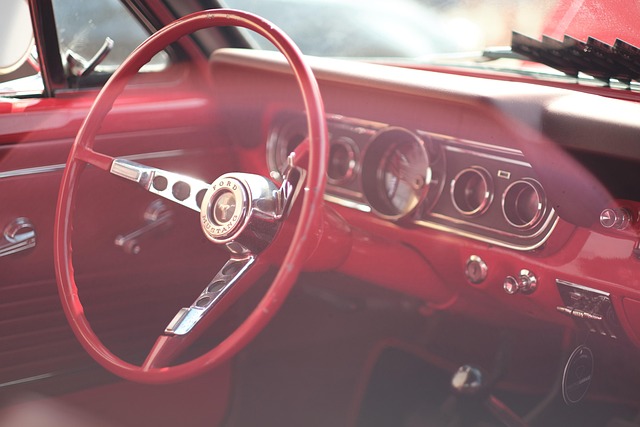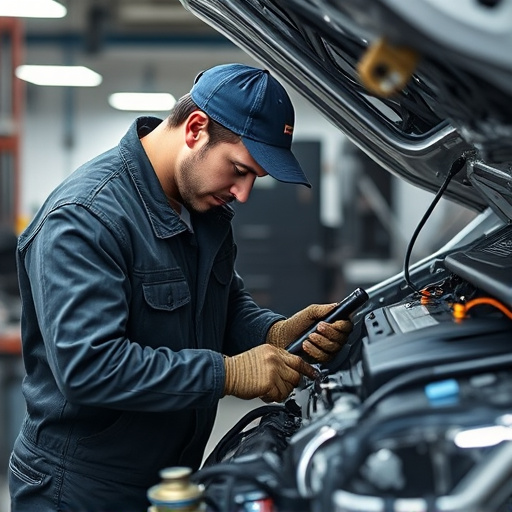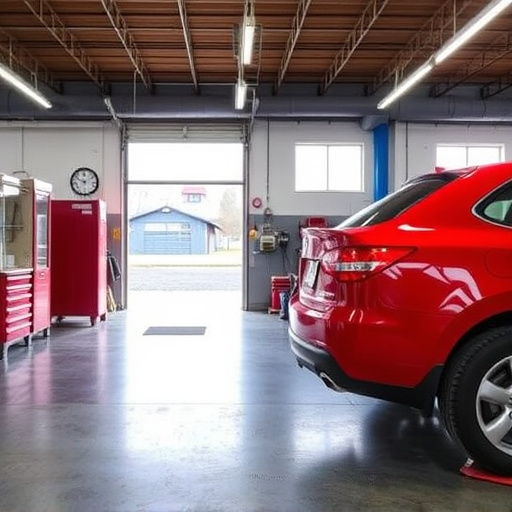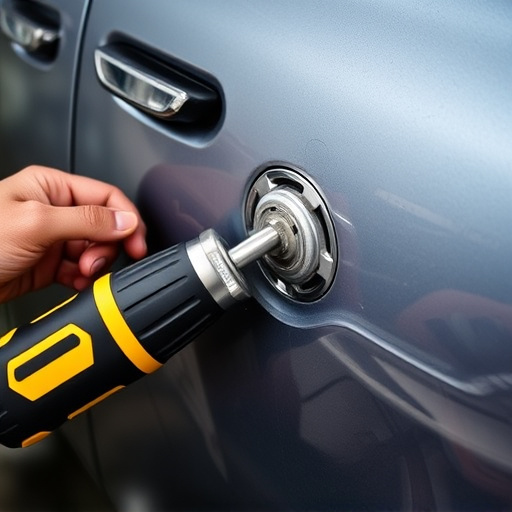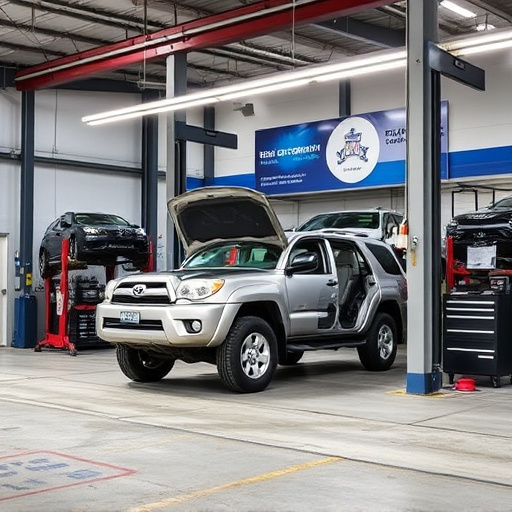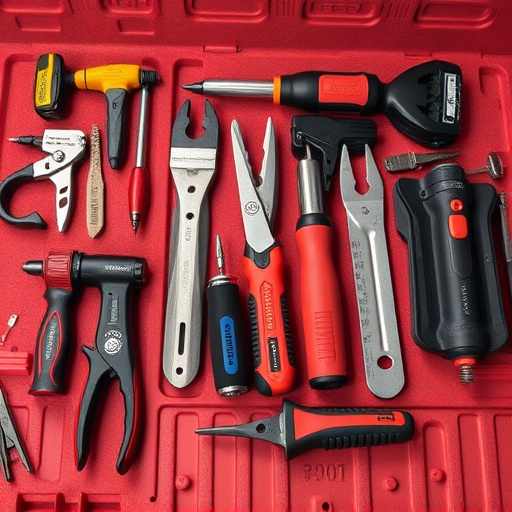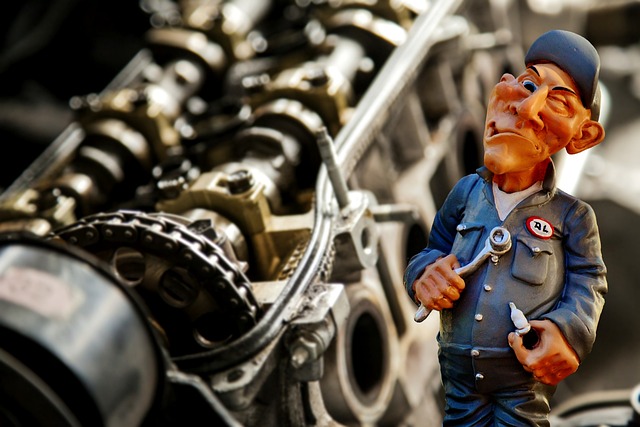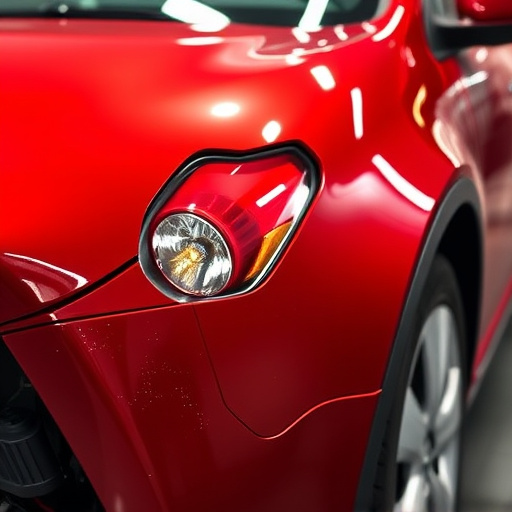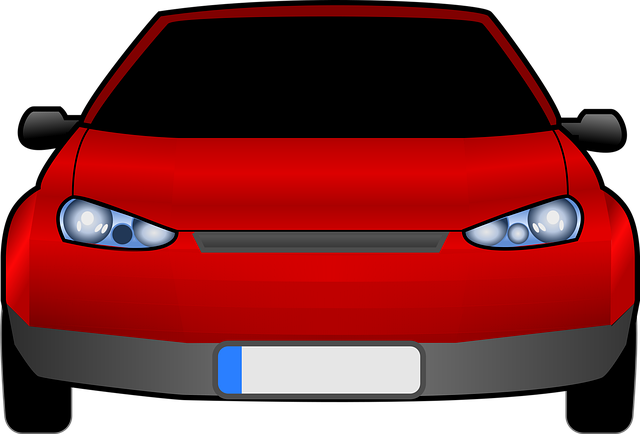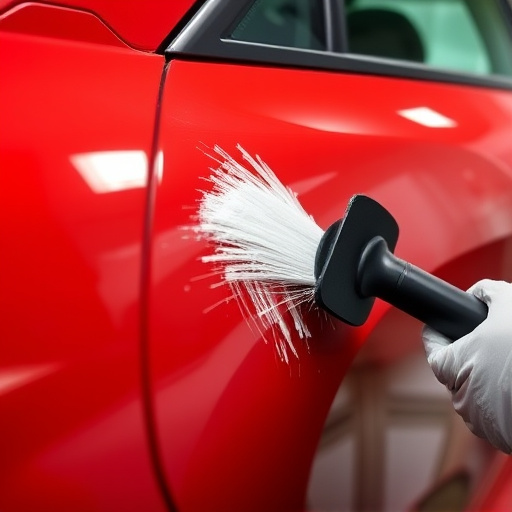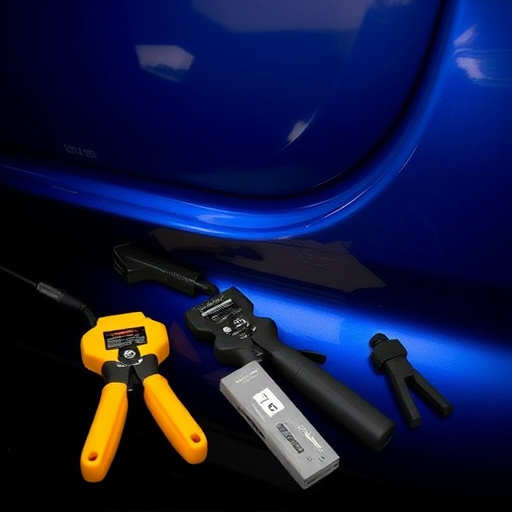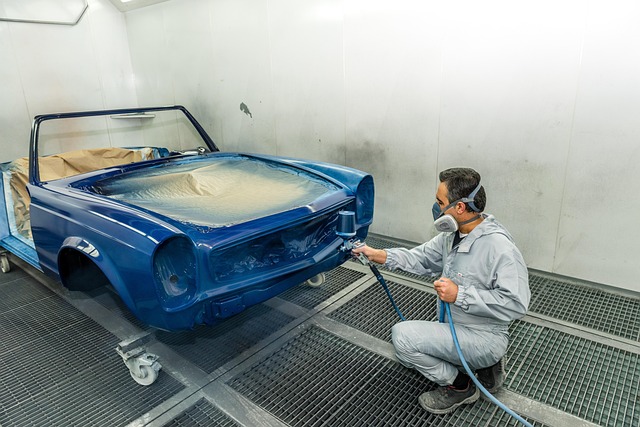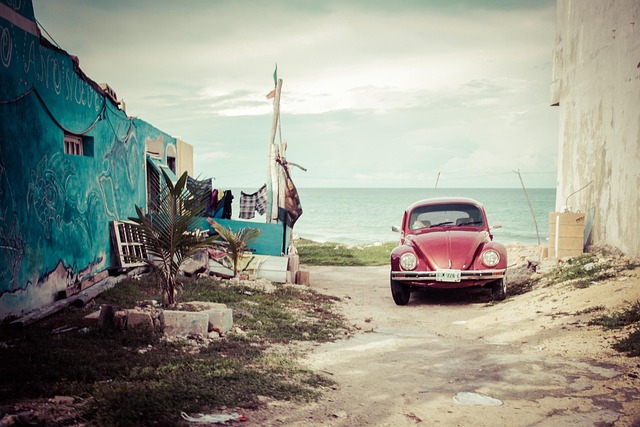Rural and urban driving conditions significantly impact vehicle maintenance, with distinct challenges affecting structural integrity and aesthetics. Rural areas present unique wear-and-tear patterns from winding roads, unpaved paths, and wildlife crossings, requiring frequent services like fender repair and auto detailing. Urban settings experience faster component deterioration due to dense traffic, limited parking, and pollution, necessitating regular car paint services for scratches, chips, and rust. Both environments demand tailored seasonal collision repair solutions to address these unique needs. Rural drivers face accessibility issues, harsh weather, and limited road maintenance, leading to longer response times and more extensive repairs. Urban drivers deal with high traffic density, congestion, and dynamic infrastructure changes, requiring specialized auto body services and seasonal collision repair solutions for safe, roadworthy vehicles all year round.
In the realm of automotive maintenance, seasonal collision repair plays a pivotal role for drivers across diverse landscapes. This article delves into the stark contrasts between rural and urban driving conditions and their impact on collision repair services during varying seasons. From the isolation and extreme weather of rural areas to the dense traffic and complex infrastructure of cities, each environment presents unique challenges. We explore how these factors influence part availability, repair processes, technician accessibility, and cost implications, shedding light on the crucial differences in seasonal collision repair for rural and urban drivers.
- Understanding Rural and Urban Driving Conditions
- – Unique challenges for rural areas: isolation, extreme weather events, limited road maintenance
- – Characteristics of urban driving: high traffic density, complex infrastructure, frequent sudden stops and starts
Understanding Rural and Urban Driving Conditions

Driving conditions in rural and urban areas present distinct challenges that impact vehicle maintenance, including seasonal collision repair needs. Rural drivers often navigate winding roads, unpaved paths, and wildlife crossings, leading to unique wear-and-tear patterns on their vehicles. As such, they may require more frequent services like fender repair and auto detailing to maintain their cars’ structural integrity and aesthetic appeal amidst varying weather conditions.
In contrast, urban drivers face dense traffic, limited parking spaces, and constant exposure to pollution. These factors contribute to faster deterioration of vehicle components, necessitating regular car paint services to address scratches, chips, and rust. The high concentration of vehicles in urban areas also increases the risk of collisions, requiring efficient and swift seasonal collision repair solutions tailored to the specific needs of city drivers.
– Unique challenges for rural areas: isolation, extreme weather events, limited road maintenance

Rural drivers often face distinct challenges when it comes to seasonal collision repair due to their unique geographical and infrastructural circumstances. One of the primary factors is isolation; remote locations mean that access to specialized automotive services can be limited, leading to longer response times for collision repair centers. This delay in service not only exacerbates the inconvenience for rural residents but also impacts the overall condition of vehicles involved in accidents during harsh weather conditions.
Additionally, extreme weather events such as heavy snowfall, blizzards, and icy roads are more prevalent in rural areas, contributing to higher rates of accidents. Limited road maintenance in these regions can also play a role, with fewer resources dedicated to keeping rural highways and byways in optimal condition. As a result, drivers in these areas may require more extensive vehicle paint repair and car body restoration services following collisions, further emphasizing the need for accessible and efficient seasonal collision repair solutions tailored to their specific needs.
– Characteristics of urban driving: high traffic density, complex infrastructure, frequent sudden stops and starts

Urban driving presents a unique set of challenges for drivers due to its high traffic density and intricate infrastructure. The constant flow of vehicles means that urban roads are often congested, leading to more frequent stops and starts. This dynamic can increase the risk of collisions, especially when combined with unpredictable movements from other drivers. As a result, urban drivers may require more specialized auto body services and seasonal collision repair solutions tailored to their specific needs.
The high concentration of vehicles in cities also means that road conditions are constantly changing. From navigating construction zones to dealing with potholes and debris, urban drivers frequently encounter obstacles that can damage their vehicles. Therefore, it’s crucial for urban drivers to access comprehensive auto body services, including expert tire services, to ensure their vehicles remain safe and roadworthy throughout the seasons.
In light of these distinct driving conditions, rural and urban drivers require tailored approaches for seasonal collision repair. While rural areas face challenges like harsh weather and limited resources, urban centers deal with high traffic density and complex infrastructure. Understanding these differences is crucial for providing efficient and effective collision repair services, ensuring safety and satisfaction for all drivers throughout the seasons. Thus, whether navigating through isolated countryside or bustling city streets, specialized seasonal collision repair strategies are essential to address unique damage and maintain vehicle integrity.
